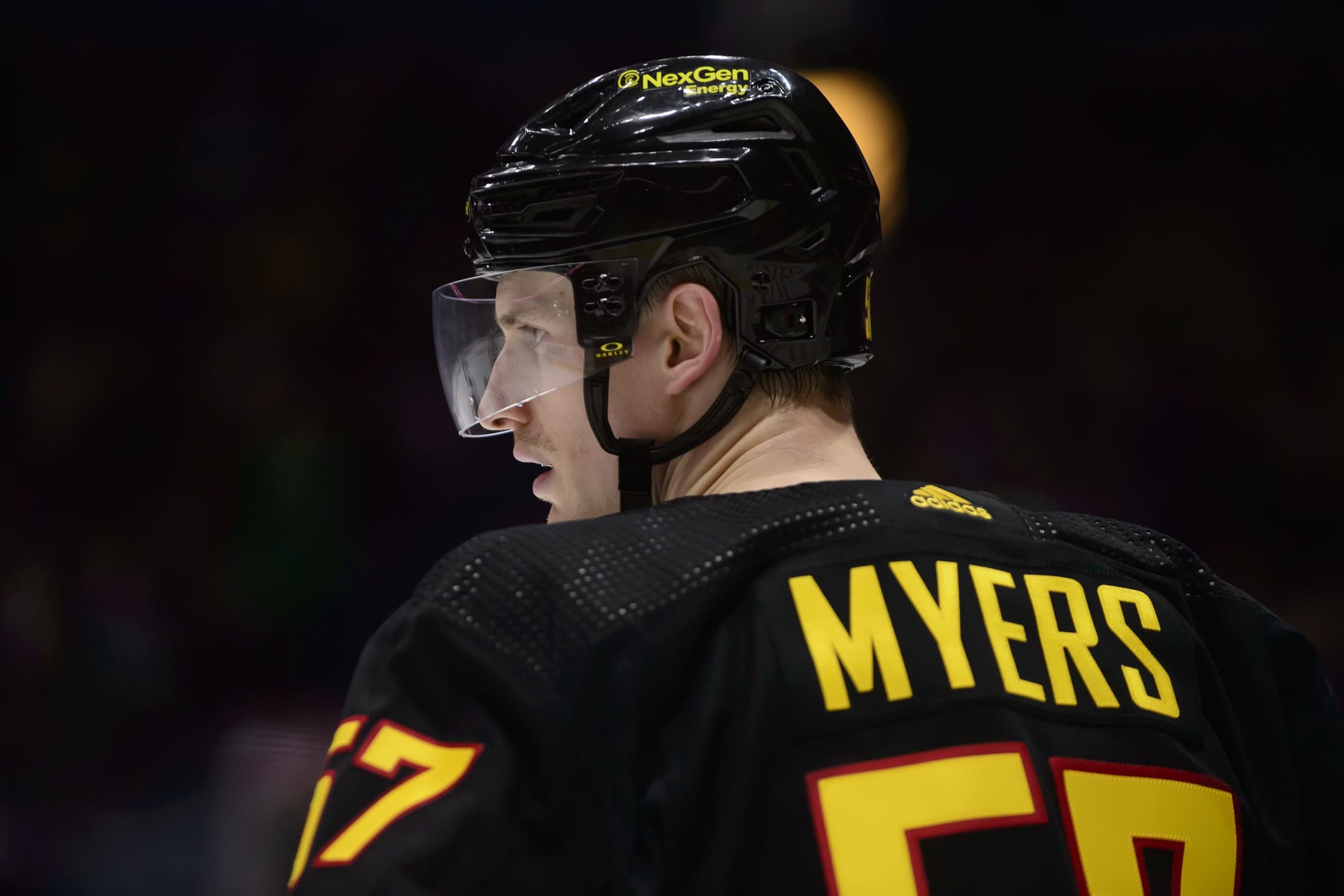Less was more for Tyler Myers and the Vancouver Canucks: Year in Review
Photo credit: Anne-Marie Sorvin-USA TODAY Sports
Keep scrolling for the next article
Breaking News
- Instant Reaction: Canucks go down quietly in 3-1 loss to Kraken
- Talking Doughty’s injury, Swayman contract situation, and more ft. Matt Larkin: Canucks Conversation
- Players, lines to watch for and where to stream tonight’s Canucks vs. Kraken game
- Canucks Game Day: Renewing the rivalry with the Kraken in Seattle
- Woo and Brisebois clear waivers, assigned to Abbotsford Canucks
